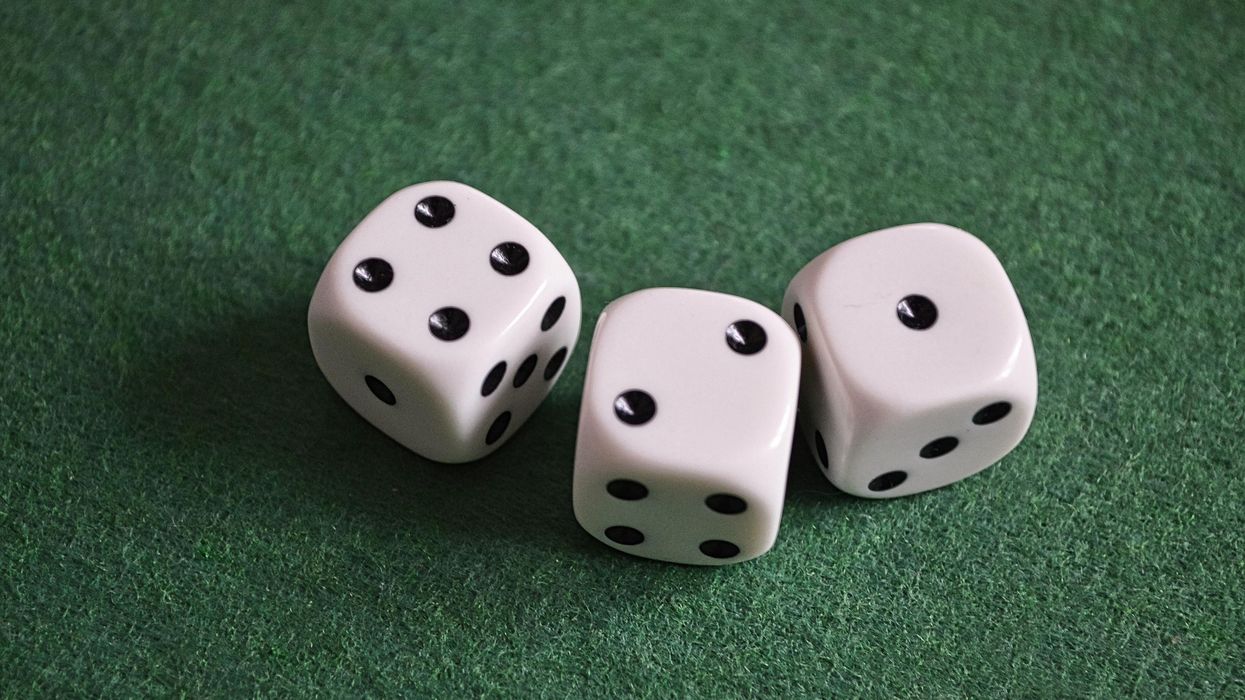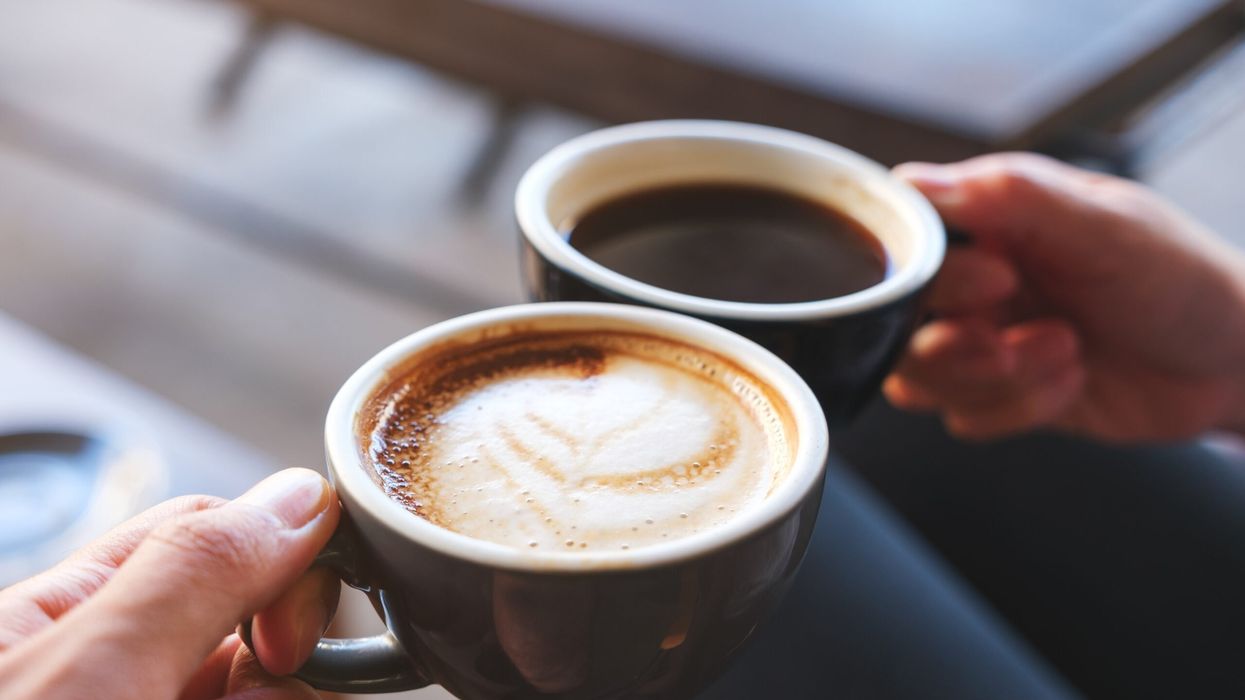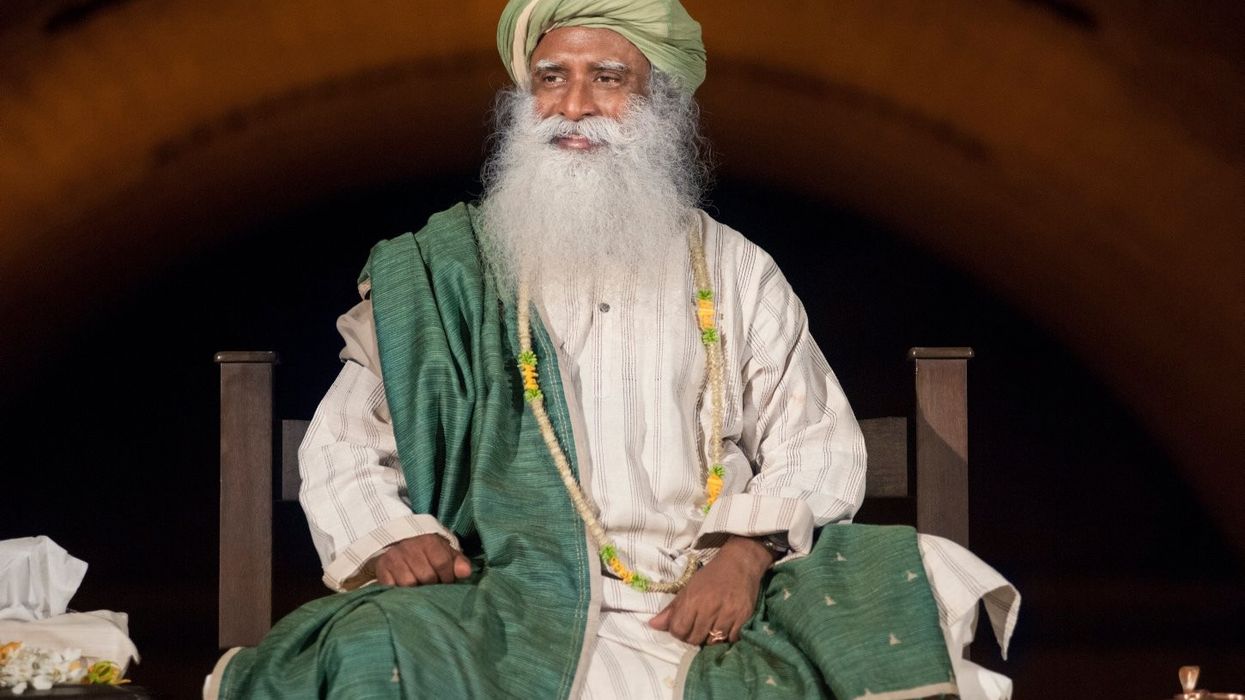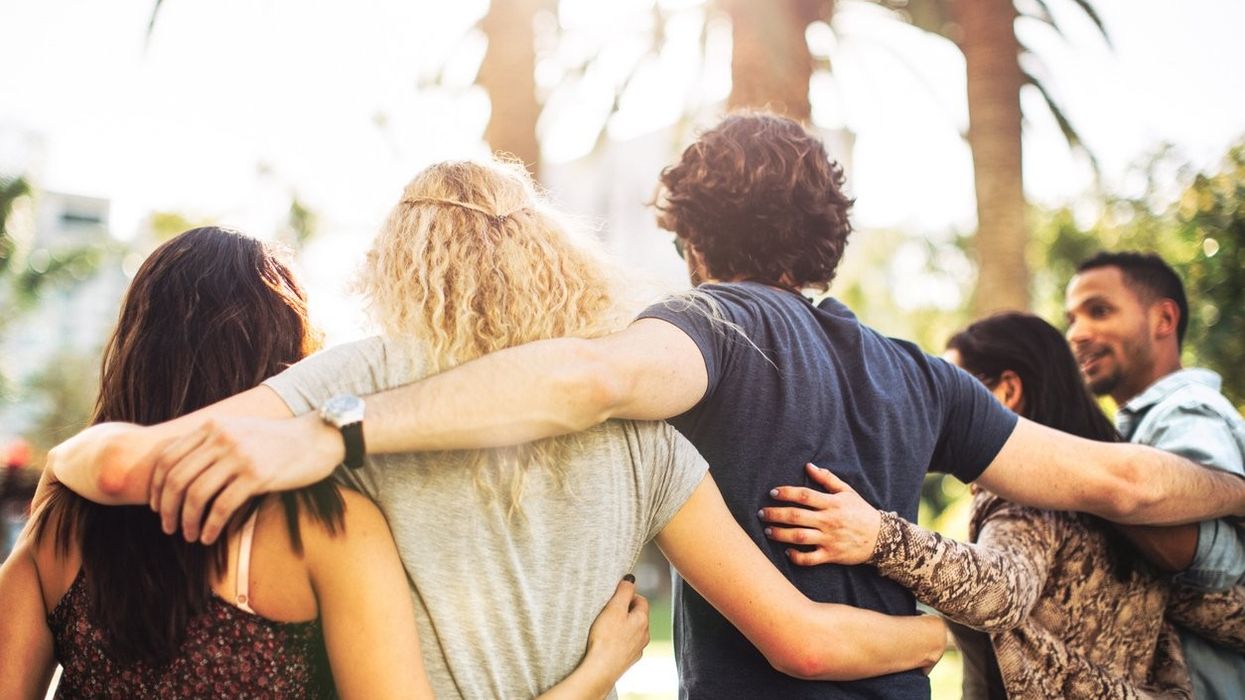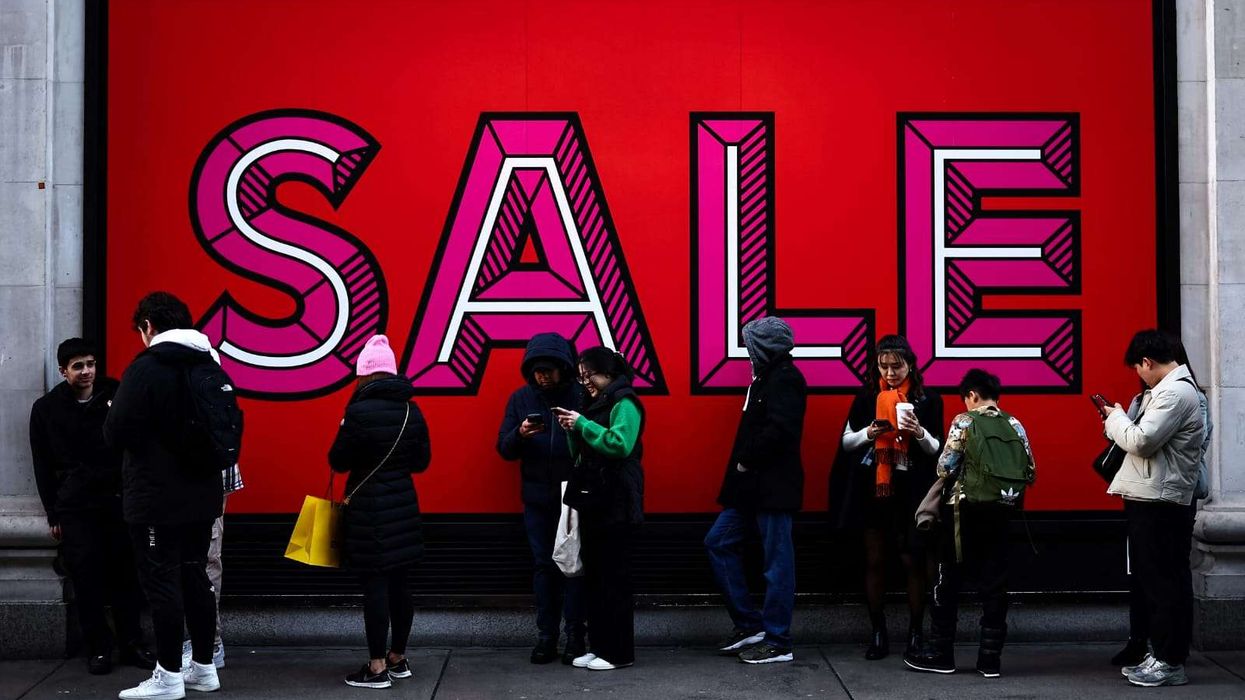The World Health Organization warned of a "new and dangerous phase" of the Covid-19 pandemic, as infections continued to surge in the Americas, with Brazil registering more than one million cases.
Colombia and Mexico also passed bleak milestones, as their death tolls topped 2,000 and 20,000, respectively, showing how the virus continues ravaging the Americas and parts of Asia even as Europe starts to ease out of lockdown.
The measures imposed to halt the spread of the disease have caused crippling economic damage, but the WHO warned against giving in to isolation fatigue.
"The world is in a new and dangerous phase. Many people are understandably fed up with being at home... but the virus is still spreading fast," WHO chief Tedros Adhanom Ghebreyesus told a virtual press conference.
The virus has now killed more than 458,000 people and infected 8.6 million worldwide.
A vaccine remains months off at best despite several trials, and scientists are still making daily discoveries about the virus, its symptoms and the extent to which it may have spread before being identified.
New record in Brazil
Brazil, which has the second-highest number of infections and deaths after the United States, reported a one-day record of nearly 55,000 new infections, becoming the second country to pass one million cases.
The health ministry said the jump was caused by "instability" in its reporting system, which delayed previous days' figures for some states.
Brazil's death toll now stands at nearly 49,000, and has risen by more than 1,000 each of the past four days -- though its curve finally appears to be starting to flatten.
Authorities in Mexico City meanwhile pushed back a planned reopening of the economy from next week to the following, saying the rate of infection was still too high.
And Argentina, which is reeling from the economic impact of the health crisis, bought more time to negotiate its $66 billion debt restructuring with creditors, who agreed to extend the deadline once again, to July 24.
Italian sewage
In Europe, researchers in Italy said they had found evidence the virus was present there in December, months before its first confirmed cases and about the same time the disease was first reported in China.
Researchers discovered genetic traces of SARS-CoV-2 -- as the virus is officially known -- in samples of waste water collected in Milan and Turin at the end of last year, and Bologna in January, the ISS institute said.
Italy's first confirmed cases were not until February.
Italy was the first European country to be hit by the virus and the first in the world to impose a nationwide lockdown, in early March.
ISS, Italy's top health agency, also urged caution after last week seeing "warning signs" of virus transmission following two outbreaks in Rome.
Many European countries followed Italy into lockdown, and most have only recently begun reopening.
Facing the biggest recession in EU history, leaders held a virtual summit on the European Commission's proposal for a 750 billion euro ($840 billion) rescue fund.
However, they fell short of reaching a deal.
Opposition is fierce from the "frugal four" -- Netherlands, Sweden, Denmark and Austria. But Italy and Spain, hit first and hardest by the pandemic, are crippled by overstretched finances.
China cluster
After largely bringing the virus under control and easing restrictions, China is now fighting a new cluster linked to a wholesale market in Beijing.
Authorities launched a nationwide campaign to inspect food imports, test tens of thousands of people and lock down affected neighborhoods.
Chinese officials said genome data suggested the new outbreak in Beijing "came from Europe", but was older than the strain currently spreading there.
Zhang Yong of the Chinese Center for Disease Control and Prevention (CDC) raised the possibility the virus lurked in imported frozen food or in the wholesale market itself, resulting in similarities to older strains.
Fauci hopeful
The US has the highest death toll by far, at more than 119,000, and the world's largest economy is taking a beating in a year when President Donald Trump seeks re-election.
However, top US expert Anthony Fauci said in an interview with AFP he was optimistic America would not impose a new lockdown.
He predicted it would instead focus on "trying to better control those areas of the country that seem to be having a surge of cases."
Fauci said he was hopeful for a vaccine, calling early trial results "encouraging".
Still, Apple said it was closing some stores in US states experiencing a surge in infections.
French kissing
Normality is returning to cultural and sporting events disrupted by the virus.
France said it would reopen cinemas from Monday and stadiums from July 11, though with a 5,000-fan limit.
In the country of le grand amour, actors have also started kissing again on film shoots.
"No, the kiss is not finished," French culture minister Franck Riester declared when asked if social distancing was in danger of killing off love scenes.
Actors must however be tested before they resume smooching.

